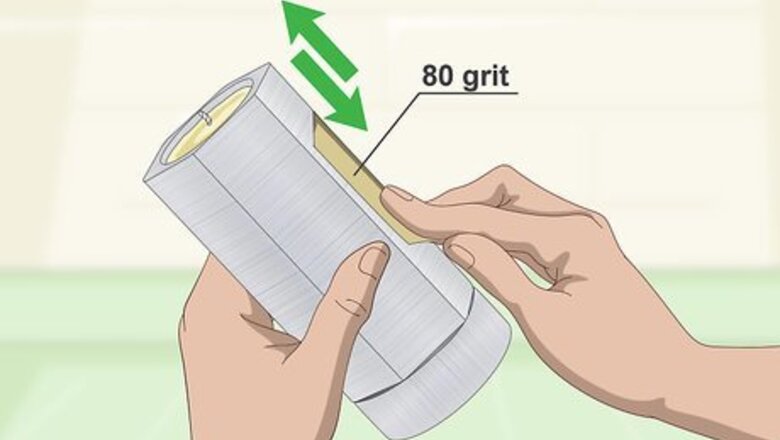
views
Bleaching Aluminum
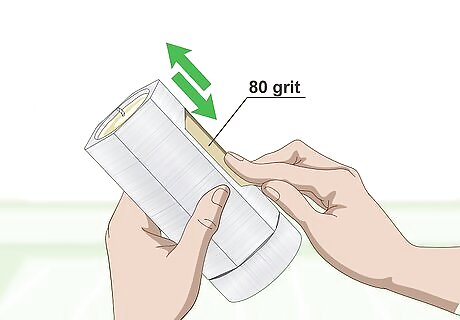
Rough up the surface with sandpaper. If you want a truly distressed and aged look, but are working with shiny, new aluminum, you can sand it down. Use 80-grit sandpaper to rough up the surface of the metal.
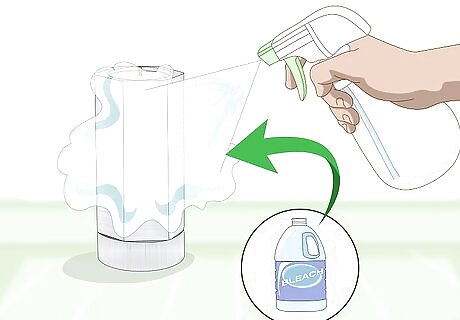
Spray your aluminum with bleach. Wear a mask and protective gloves when working with bleach. Do this in a well-ventilated area so fumes can easily disperse. Put regular bleach in a spray bottle and spray it onto the aluminum.
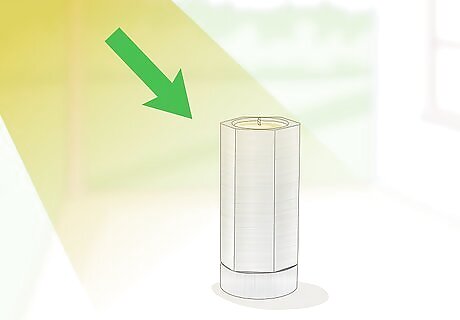
Let the aluminum sit in the sun for a few hours. Set the aluminum outside in the sun for several hours. The sun speeds up the process and helps the bleach distress the metal. Soon, the chemical reaction will create an aged look on your aluminum.

Rinse off the bleach. Use running water to rinse the bleach off the aluminum, or soak the aluminum in a container of water for a few minutes. If your aluminum piece has electronic parts or other things that would prevent you from rinsing or submerging it in water, use a clean, white cloth to wipe the bleach off the surface of the aluminum.
Putting Aluminum in the Dishwasher
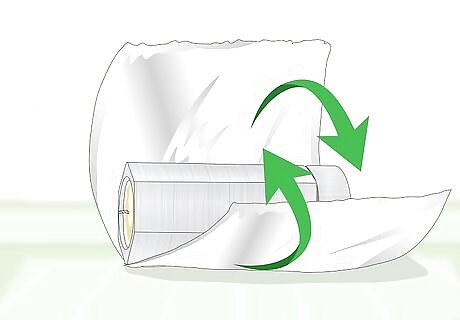
Wrap your aluminum piece in aluminum foil. Place your aluminum piece on a sheet of aluminum foil with the shiny side facing away from the aluminum piece. Fold the foil over so it covers the aluminum piece but is not sealed. The aluminum foil creates distortions as well as a rainbow pattern on the aluminum due to the heat and chemical reaction.
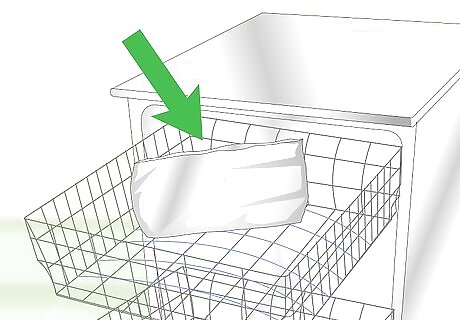
Load your aluminum pieces in the dishwasher. Keep the open ends of the aluminum foil facing upwards so that the water can run down into the package. Stack your pieces in the dish rack of the washer.
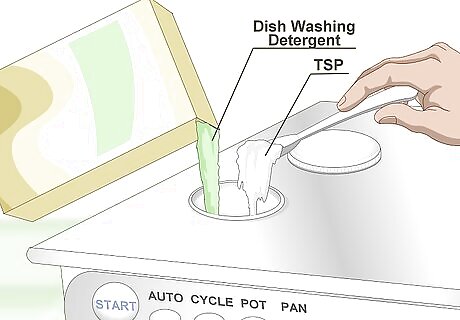
Fill the dispenser with powdered dishwashing detergent and TSP. Add powdered dishwashing detergent, like Cascade Complete or Finish Dishwasher Powder, to the dispenser. Then, add 1 teaspoon of trisodium phosphate (TSP) to the dispenser. TSP can be found at your local hardware or home improvement store.
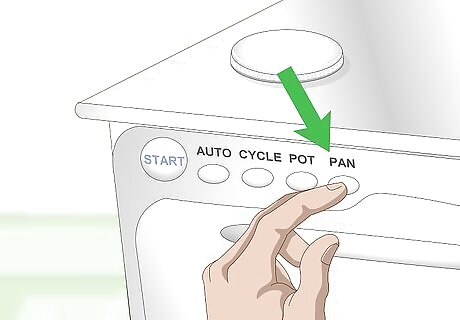
Run the pots and pans cycle. Age the aluminum by running the dishwasher on the pots and pans cycle. Turn on the drying cycle as well.
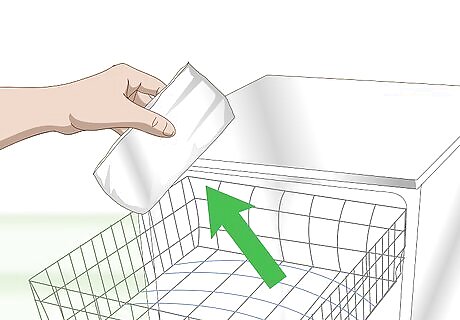
Remove the pieces from the dishwasher. After the cycle is complete, carefully remove the aluminum pieces from the dishwasher. Use caution, as they may be hot. Remove the foil around the aluminum.
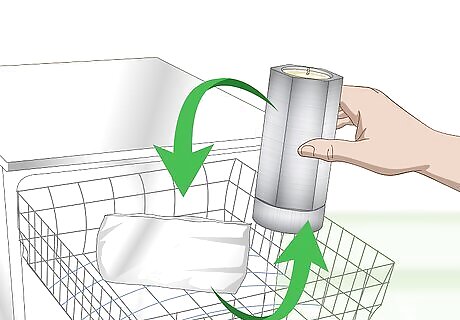
Repeat the process to add more patina. If you want to add more patina or increase the aged look of the aluminum, wrap the pieces in aluminum foil at a different orientation and run them through the dishwashing cycle again.
Using Cold Water and Oxygen Cleaner
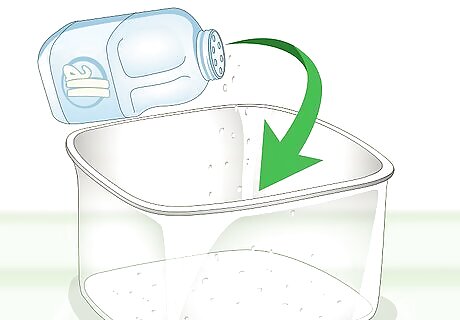
Sprinkle oxygen-based cleaner in the bottom of a container. Choose a container large enough for your aluminum pieces to fit inside and be completely submerged. Sprinkle a few tablespoons of an oxygen-based cleaner (like Oxi-Clean, Clorox Oxygen Action, All Oxi-Active, or Shout Oxy Powder) in the bottom of the container. You can make your own oxygen cleaner by combining 1 part sodium percarbonate (dry, powdered hydrogen peroxide) and 1 part sodium carbonate (washing soda or soda ash). Take care not to confuse either of those powders with sodium bicarbonate (baking soda).
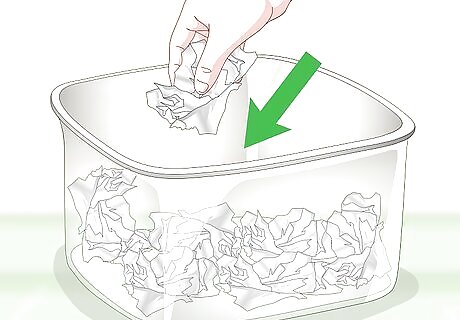
Place crumpled aluminum foil in the container to create patterns. If you’d like your aluminum to have patterns in the aging, you can create them with aluminum foil. Crumple up several pieces of aluminum foil and place them in the bottom of the container, on top of the oxygen-based cleaner. Press them flat into the bottom of the container. Add a few more tablespoons of oxygen-based cleaner on top of the aluminum foil.
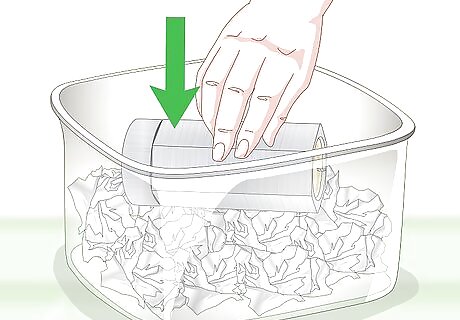
Lay your aluminum pieces on top of the aluminum foil. You can put templates, gears, or other items on top of the aluminum that will prevent the covered sections from being aged, if you’d like to make designs or shapes on your aluminum.
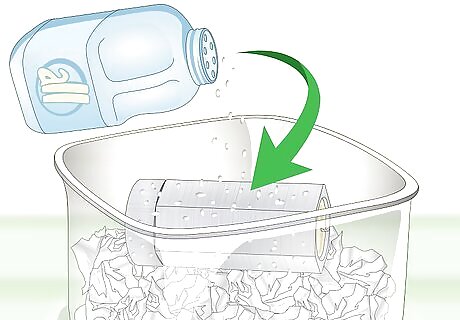
Sprinkle more oxygen-based cleaner on top of the aluminum pieces. Several tablespoons should suffice. Spread the cleaner evenly over the metal and try to avoid building up piles of the powder on top of the aluminum.
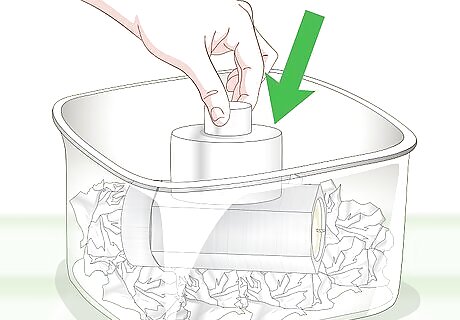
Place something heavy on top of the aluminum. In order to keep your aluminum pieces from floating in the water, place a heavy object on top of them. You can use another piece of metal like a weight or a gear, or even a wrapped stack of dinner plates.
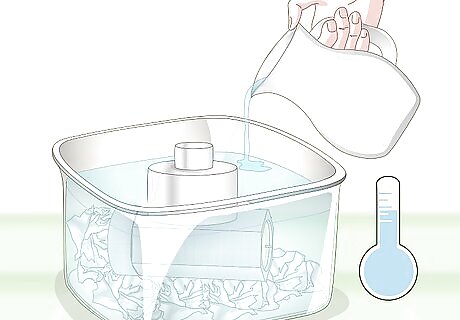
Pour cold water in the container. Pour cold water in the container until the entire piece of aluminum is submerged. Add up to ½ inch (1.3 cm) of water over the top of the aluminum to ensure it is completely covered.
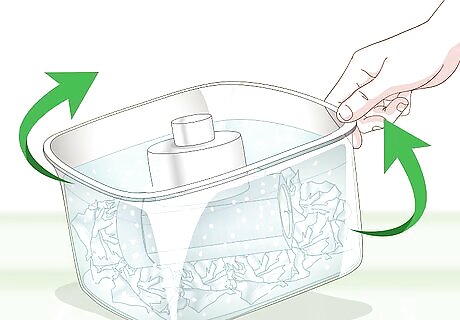
Tip the container gently to get the cleaner to flow. Carefully tip your container a little bit to one side and then the other in order to get the oxygen-based cleaner to flow. If the container is too heavy for you to move, gently agitate the mixture with a long spoon.
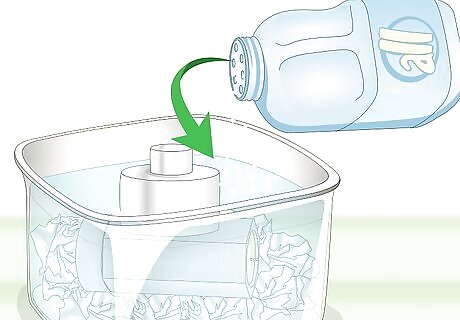
Add another few tablespoons of oxygen-based cleaner to the water. Swirl the mixture to get the powder to flow through the water. The oxygen bubbles produced by the cleaner are what cause the oxidation of the aluminum and make it change colors.
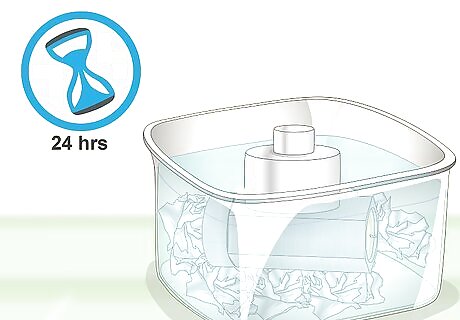
Allow the aluminum to soak for at least 24 hours. Though you may begin to notice the aluminum changing color after four hours, for best results you should leave the aluminum to soak for at least 24 hours. You can leave it for up to two days if you desire a deeper color change.
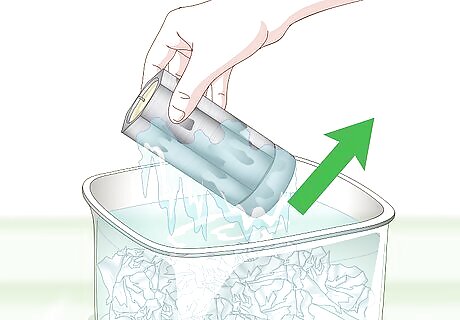
Remove the aluminum from the water. Take the aluminum piece out of the water. Use a razor blade or the edge of a plastic card (like a hotel room key or credit card) to remove any heavy crusts of oxygen-based cleaner left on the aluminum.
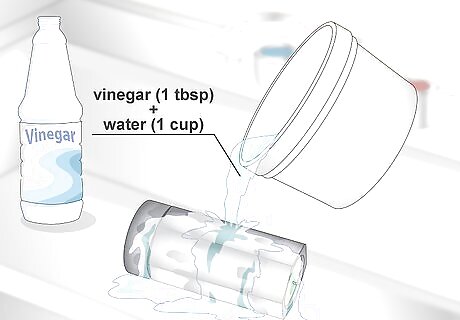
Rinse the aluminum with water and vinegar. Mix 1 tablespoon (14.8 ml) of distilled white vinegar with each cup of water. Pour the mixture over the aluminum or soak the aluminum in the mixture for a few minutes. Then rinse the aluminum with plain water.
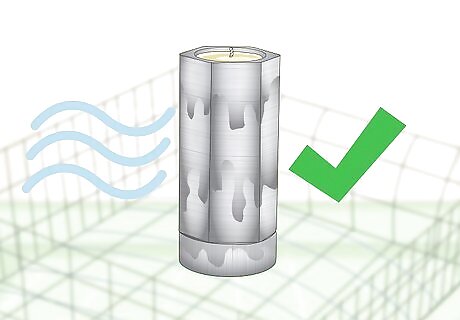
Allow the aluminum to dry. Set the aluminum in a dish drainer to dry, if the piece is small enough, or prop it against a hard surface to dry if the piece is large. This aging process creates flowing gray tones in the aluminum.










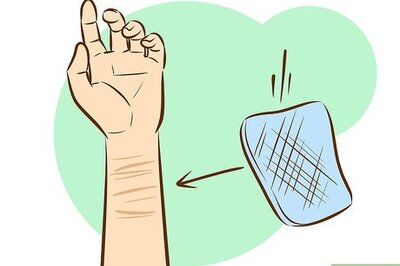
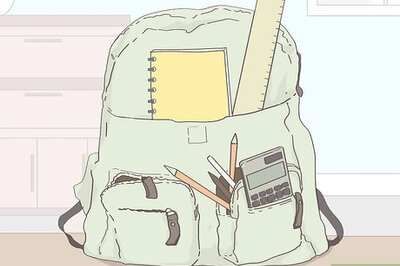
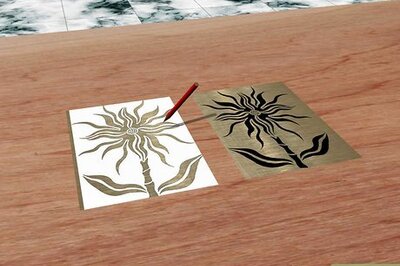







Comments
0 comment